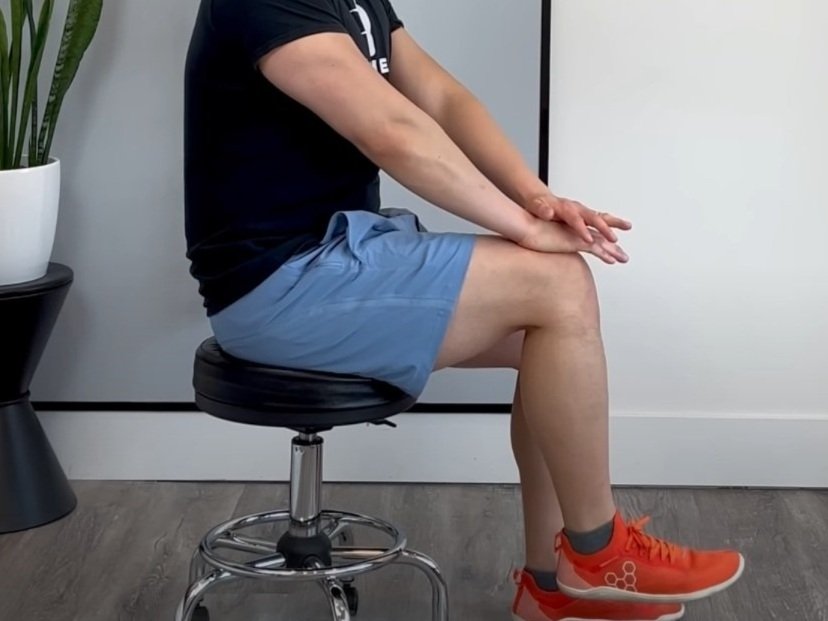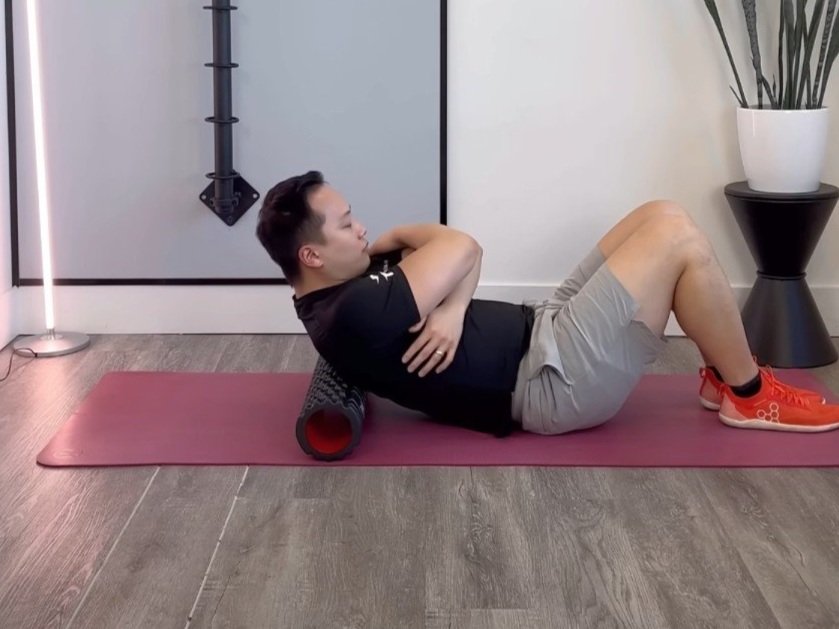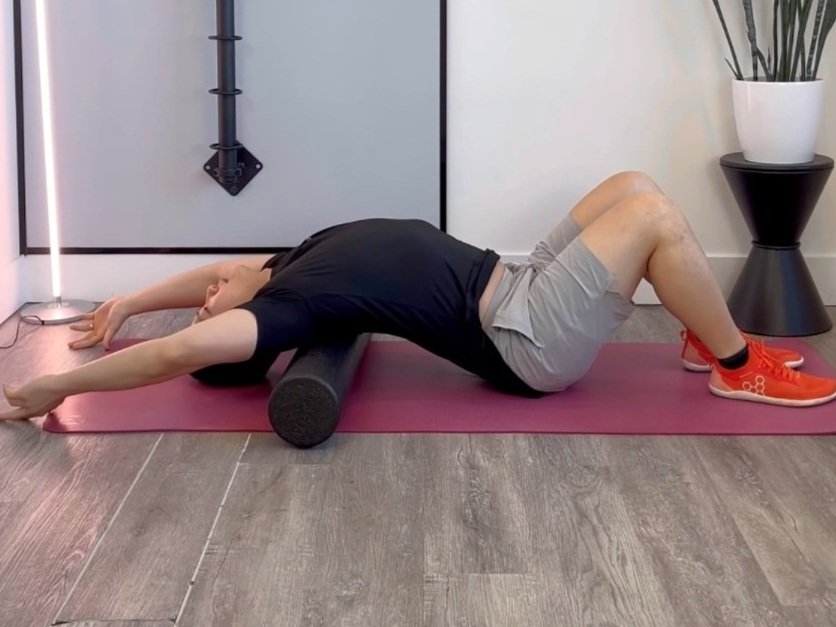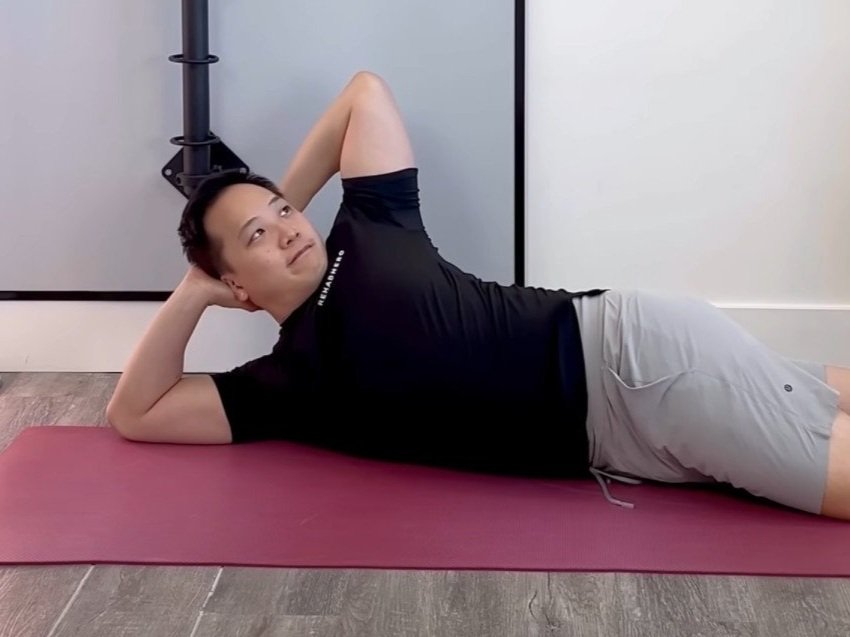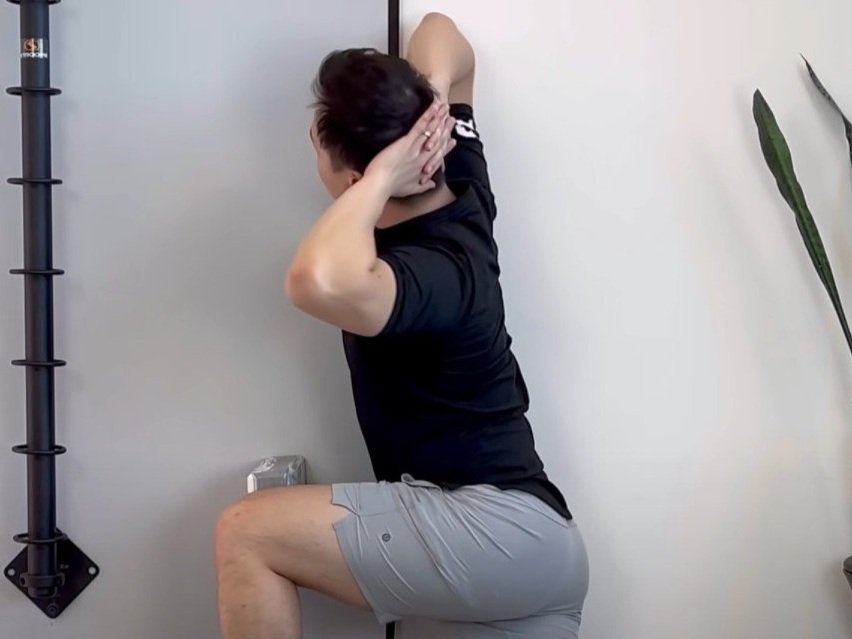5 THINGS YOU NEED TO KNOW ABOUT MOVEMENT (PT. 4/5) CAPACITY & STRENGTH
Part 4 - Capacity
& Strength
What you need to know to succeed in the world of movement.
What is Capacity?
Capacity is a term coined to describe the ability to load a movement. Previously we have discussed about developing joint stability to free up degrees of movement through joint centration mechanisms, then we discussed about gaining passive flexibility, and finally mobility to actively engage in all ranges of motion. Now that we have FULL range of motion (after all, whats the point of being strong in a small range of motion?), its time we load up that range so that we can handle day-to-day tasks without any issues. In this regard, capacity is synonymous with strength.
Why is Capacity Important?
Capacity or strength is important to develop in order to develop tissue tolerance to both acute or chronic load. Acute injuries tend to occur when a single loading event exceeds the capacity of what the tissue can handle. A typical scenario for this would be a weight lifter performing a deadlift, that is heavier that they can handle, and getting injured. Chronic load is a lot more insidious as it builds up over time. It is the result of chronic overload, leading to chronic inflammation or micro-tears that builds up at a rate that exceeds your ability to recover from them. This leads to a slow breakdown of your tissues, leading to pain during ‘light’ activities. For example, a new cook can develop elbow pain from lifting cast iron pans 8 hours a day, 5 days a week, especially if their previous occupation did not require as much wrist and elbow strength.
Strength training will move you upwards along the tissue tolerance axis, raising your injury threshold to be above your activity demand.
In both instances of loading, the load of the insulting activity exceeds the tolerance of what your muscles, joints, tendons, or ligaments could handle. So how do we get around this? An easier-said-than-done solution is to increase your body’s ability to load, which will increase it’s injury threshold.
Developing strength plays a roll in developing the max capacity of those tissues so that activities are relatively easier. For example, if you are strong enough to lift 19.9 lbs once, but lifting 20 lbs is enough to injure you, than the load in this instance is above 100% of your strength. However, if you train yourself up so that now you can lift 30 lbs once, then lifting 20 lbs is now a load equal to 66.6% of what is enough to injure you. This is an oversimplified model and should not be interpreted exactly (strength curves are not linear), but the take-home message is what is important. The goal of strength training is to raise the max tolerance of your tissues. This will decrease the impact of insulting loads relative to what your body can handle. Essentially, we make the task become a smaller percentage of the maximum load that our tissues can tolerate.
How do I strength train? Do I do 5 by 5 programs?
In the rehab world, strength training does not always refer to maximizing strength gains so that you can reach your next personal record (some exceptions apply like working on a powerlifter). Instead, strength training is about loading up a controlled movement. This can vary from simply adding a weight to your hand during a shoulder press, to going from a double legged movement to a single legged one (ie going from a squat to pistol squat to double the weight on the applied leg). At the end of the day, it is about targeting a specific group of muscles, and making it stronger by lifting more weight. The number of repetitions and sets will vary from person to person and the goals they have in mind, so as much as I would like to say “Do 10 reps & 3 sets”, I’m afraid that will not apply to everyone out there. Your best bet is to listen to your body. If it hurts when you challenge it too much, then back off on intensity or volume and try again. If the exercises is too easy and underwhelming, then level it up. You only have 1 body so listen to it.
















